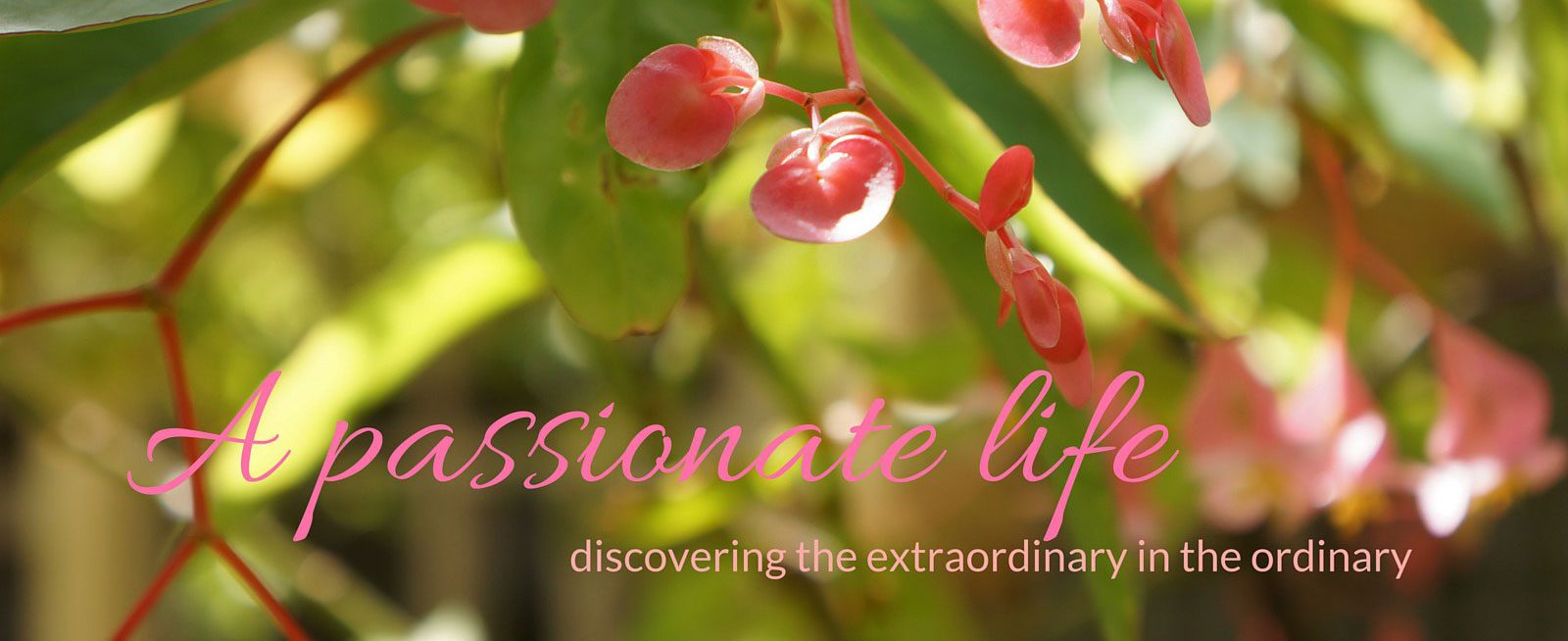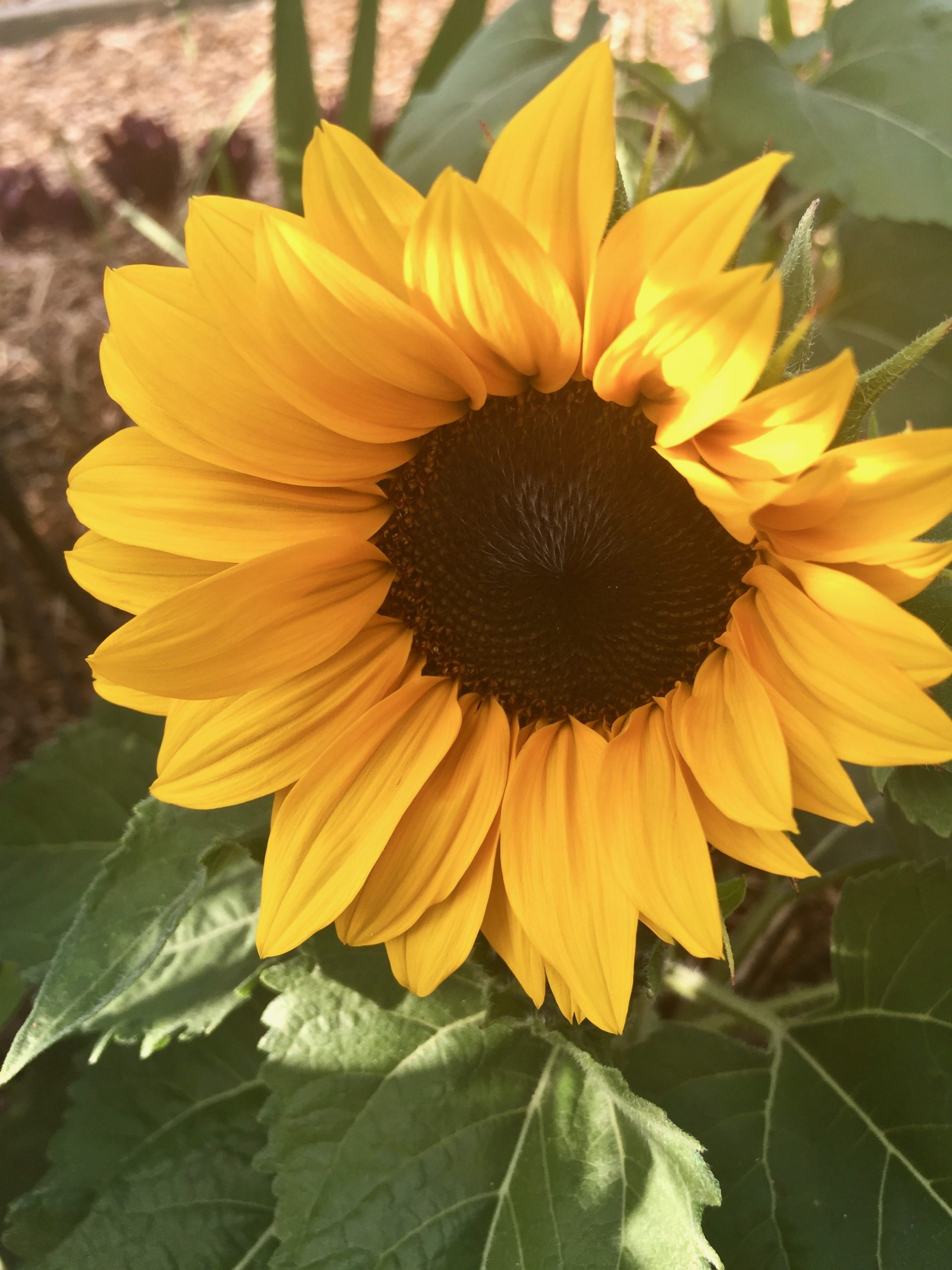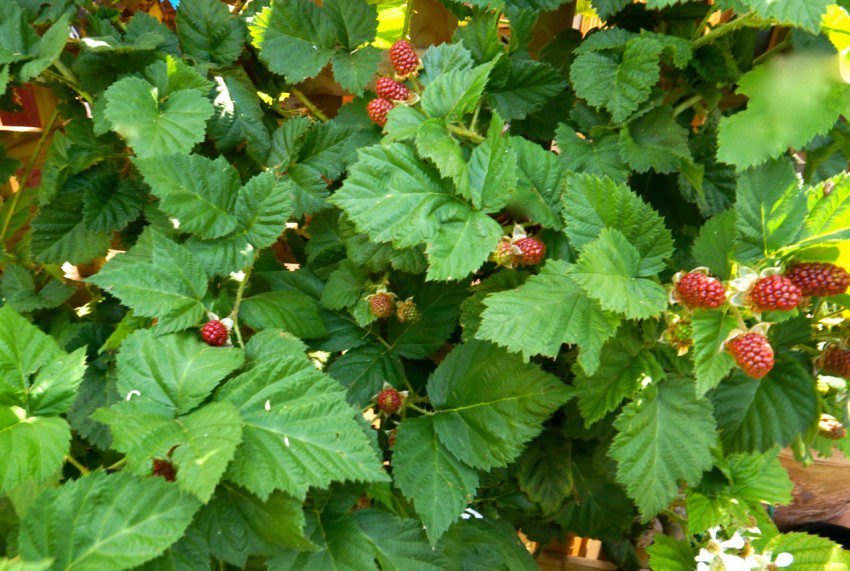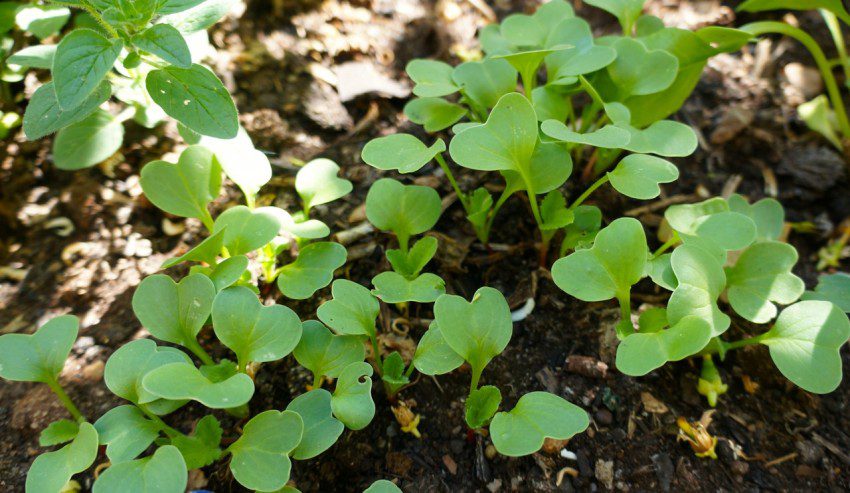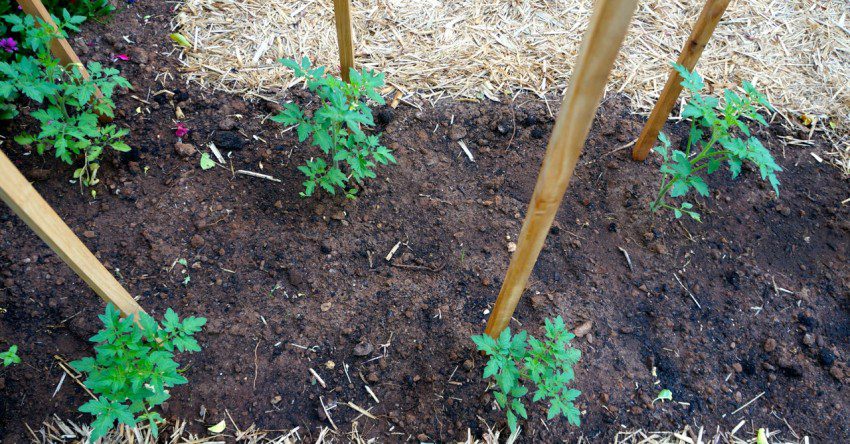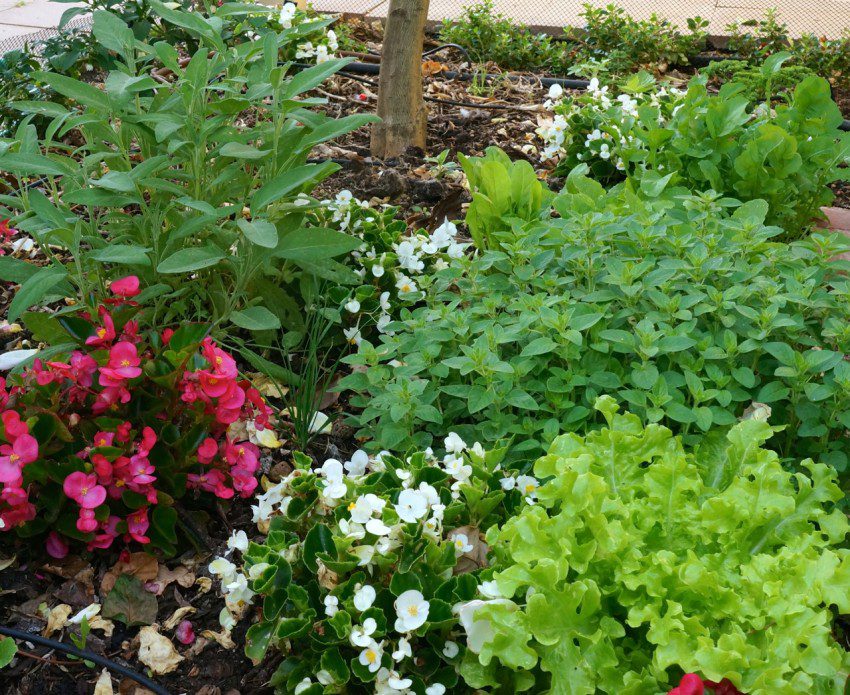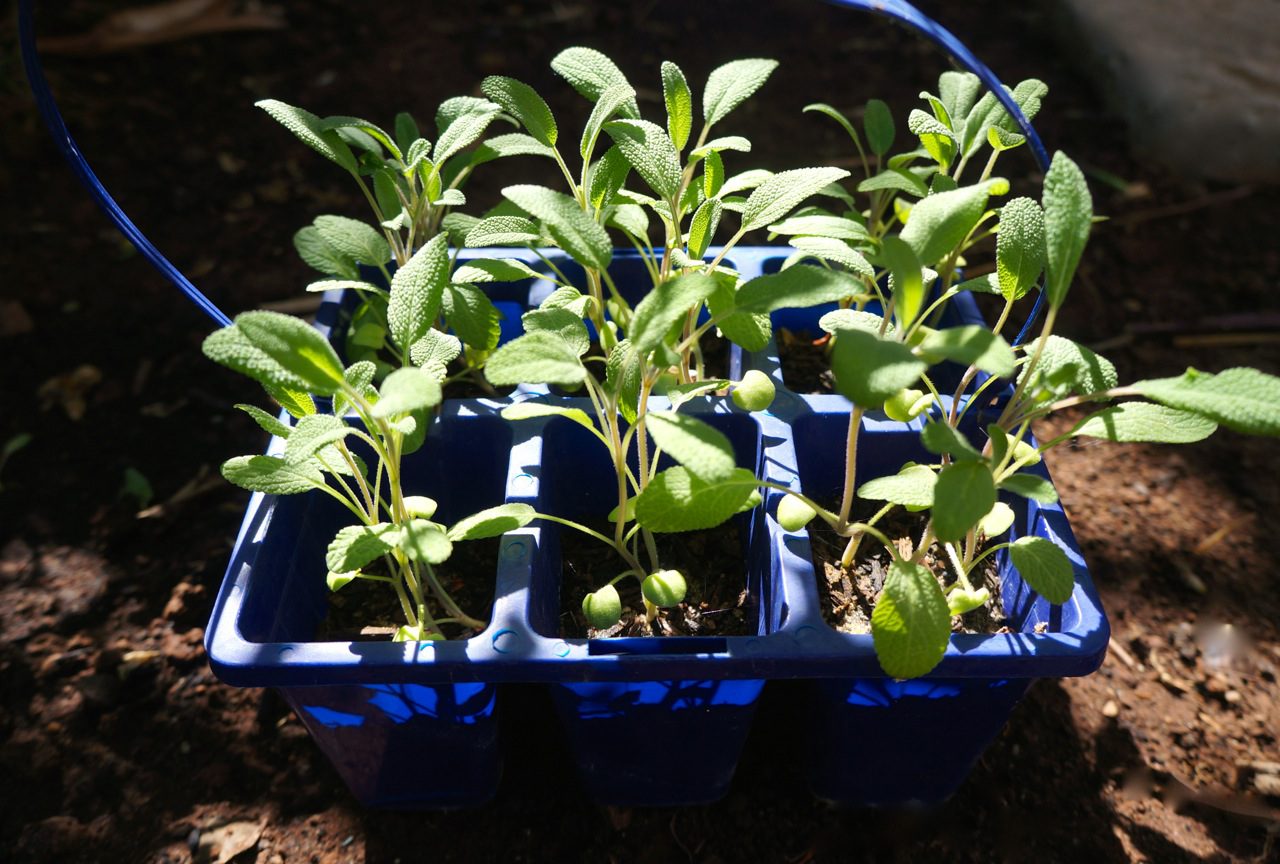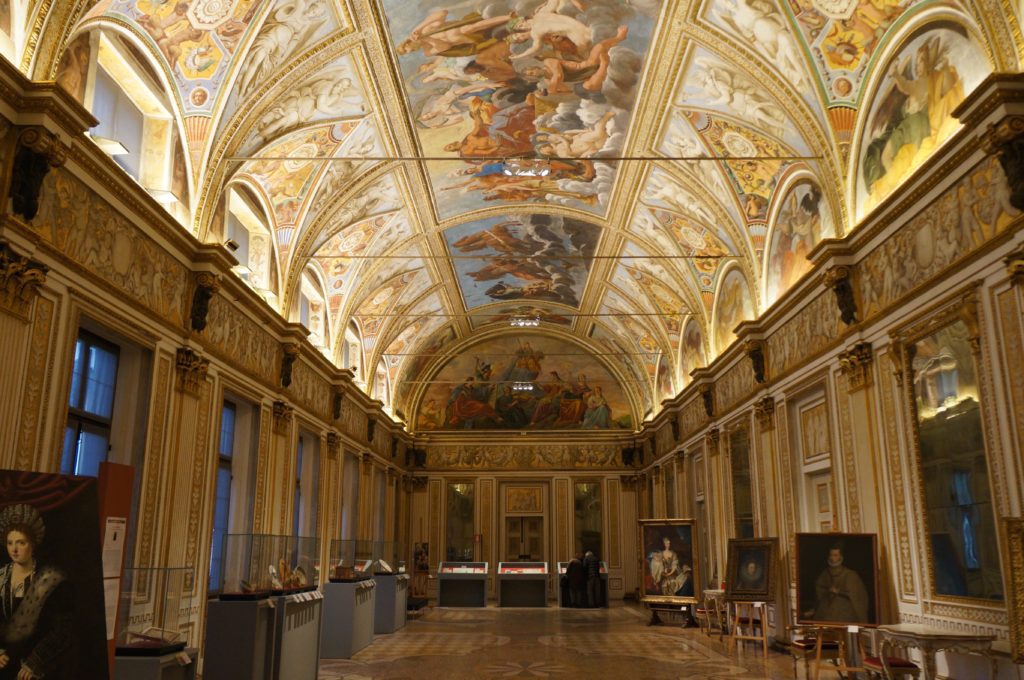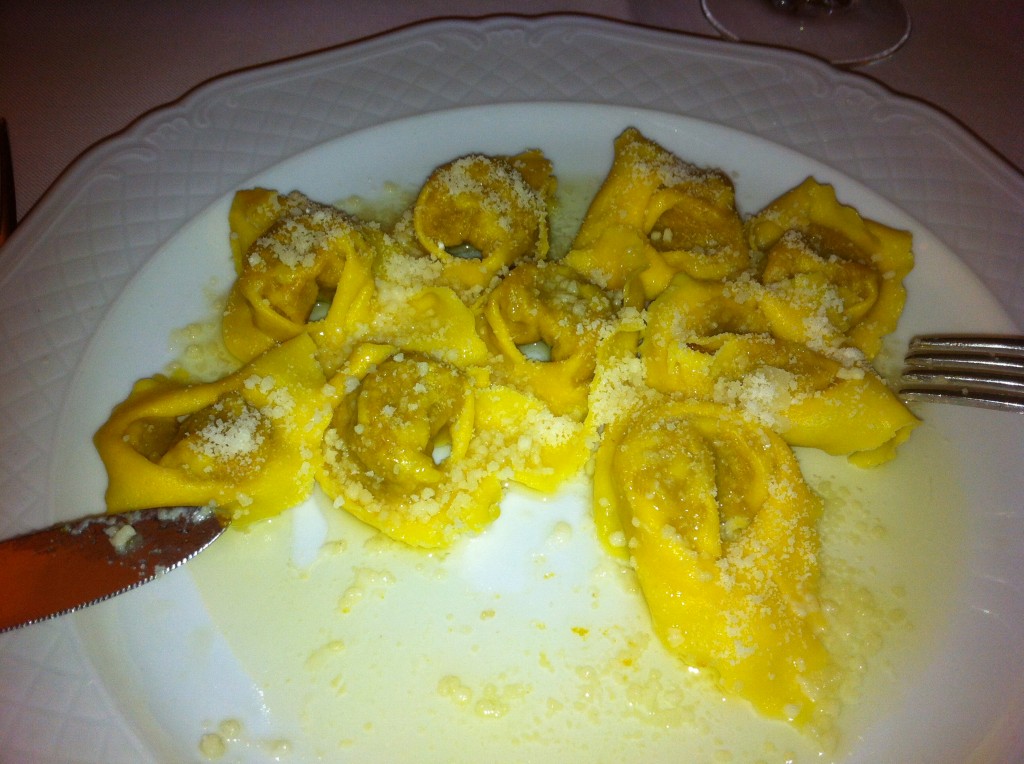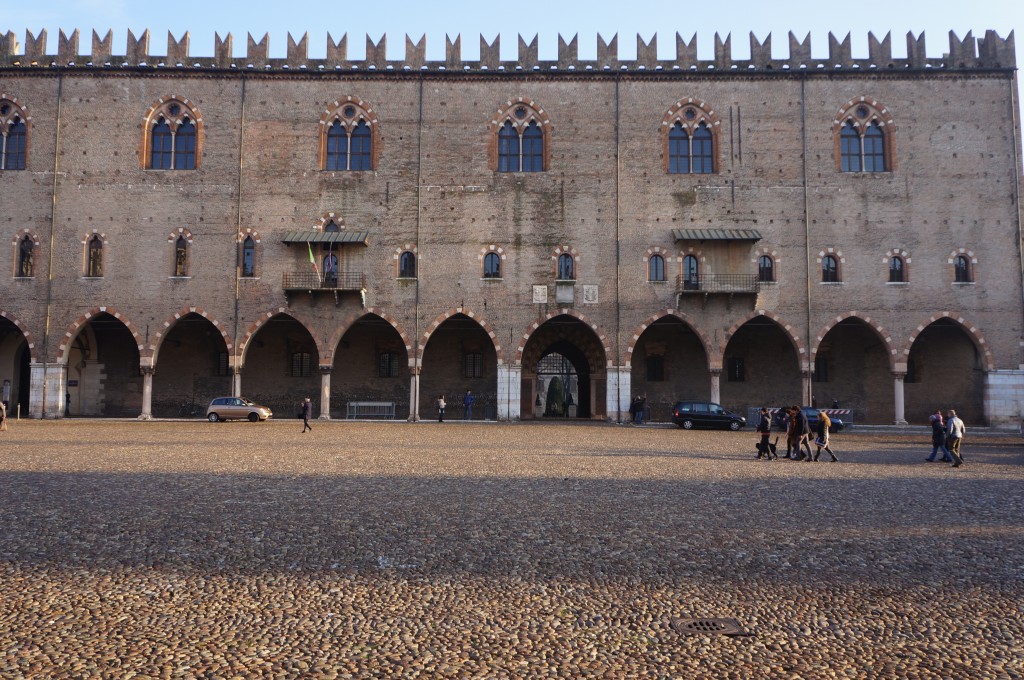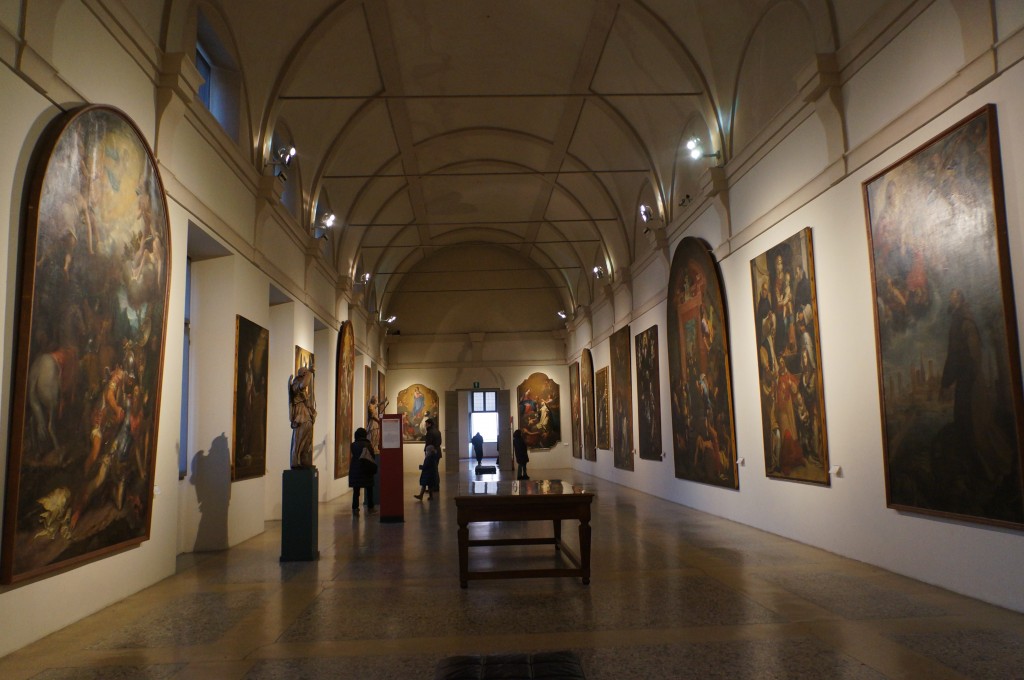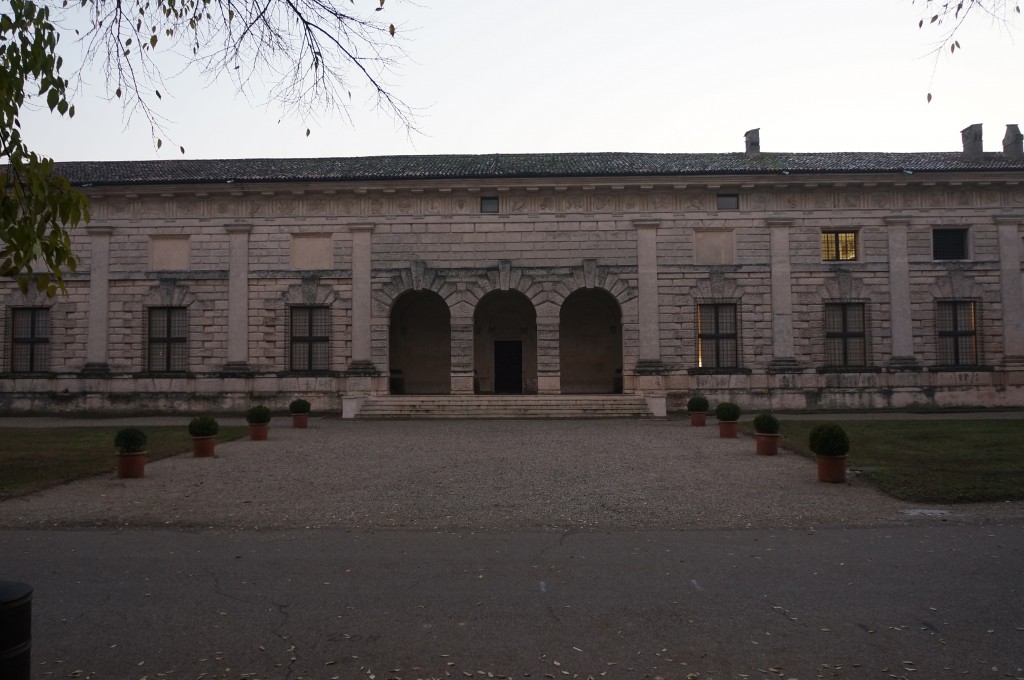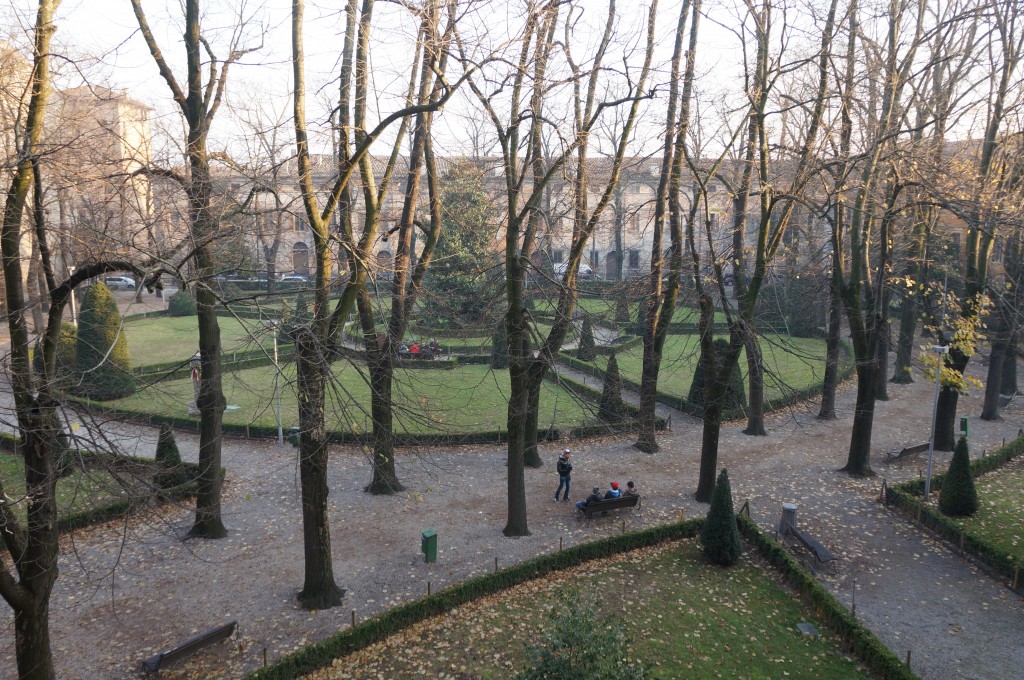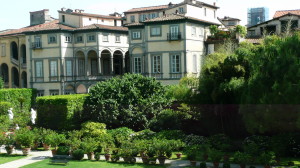Keep your face always toward the sunshine —
and shadows will fall behind you.
~ Walt Whitman
It’s my birthday week and I’ve had a few things on my mind: that I’m closer to sixty rather than fifty, that we arrived on the peninsula 15 weeks ago (where did the time go?), how house projects always take longer than you think, and about Hestia, the goddess of hearth and home and finding the soul of place.
A birthday is an important marker, a date that lets you know another year has passed, a time to celebrate the person you’ve become. But it’s also a moment to look to the year ahead. A time to reflect on what’s important, to have a vision for the next twelve months. It’s been such a busy three-and-a bit months, I sometimes have to remind myself to sit and just do nothing. Because of this, I’ve been musing on the values of the goddess Hestia — about making time and space for quiet reflection, for musing, for pottering. I’ve also been thinking about connecting to the spirit of my new place in my quest to create a sanctuary which embraces creativity, peace, and love.
We all want to be connected to a home, a community, a small world of our own. It’s a basic human need. But connecting to the spirit of place? Perhaps it sounds a little woohoo but according to poet, writer and traveller, Linda Lappin, there is a creative force inherent in the land known as the genius loci, translated as the ‘spirit’ or ‘soul of place’.

I’ve been reading and working through the creative exercises in Linda’s fabulous book, The soul of place* to help me conjure my own genius loci. According to Lappin, the Ancient Romans perceived it to be,
an entity residing in a site and energising it. …a guardian spirit with its own personality able to interact with human beings.
I love the sound of this concept as I believe you can find the power and magic in a place if you take the time to attune to your environment.
According to Linda, finding the spirit of place includes using all your senses: seeing the patterns, feeling the textures, the smells, the light, feeling the air moving around you, the ground beneath your feet, hearing all the sounds — in your natural environment. It’s also about being conscious of the history of the landscape and reflecting on how you fit into this space, this location, this community. Connecting identity and place.
What better way to discover all of this, than to create a garden?
So far, we’ve done little except clean up, prune back, and clear away debris in our sloping backyard. Preparing the canvas for the next stage.
A huge undertaking on an acre of land. But we are planning to work in the permaculture tradition of zones, beginning with Zone One — the area closest to the house. Although Zone One encompasses the area all around the house, we are focusing on the backyard, the space which we use most.
A few weeks after we moved in, when some of the ugly overgrown mess was cleared away, I planted a summer vegetable garden — tomatoes, aubergines, cucumbers, pumpkins and squash, as well as varieties of spinach, peas, lettuce, rocket, bok choy. A little excessive, I know, but I was keen to have some summer veggies.
Well, there’s been success and failure. More failure than success, I’m sad to say. The spinach, which had an initial growth spurt lost its tenacity and is now limping along. The peas and lettuce withered in the succession of heatwaves, chillies are growing in fits and starts, suffering in the poor soil and the bok choy and rocket died as seedlings.
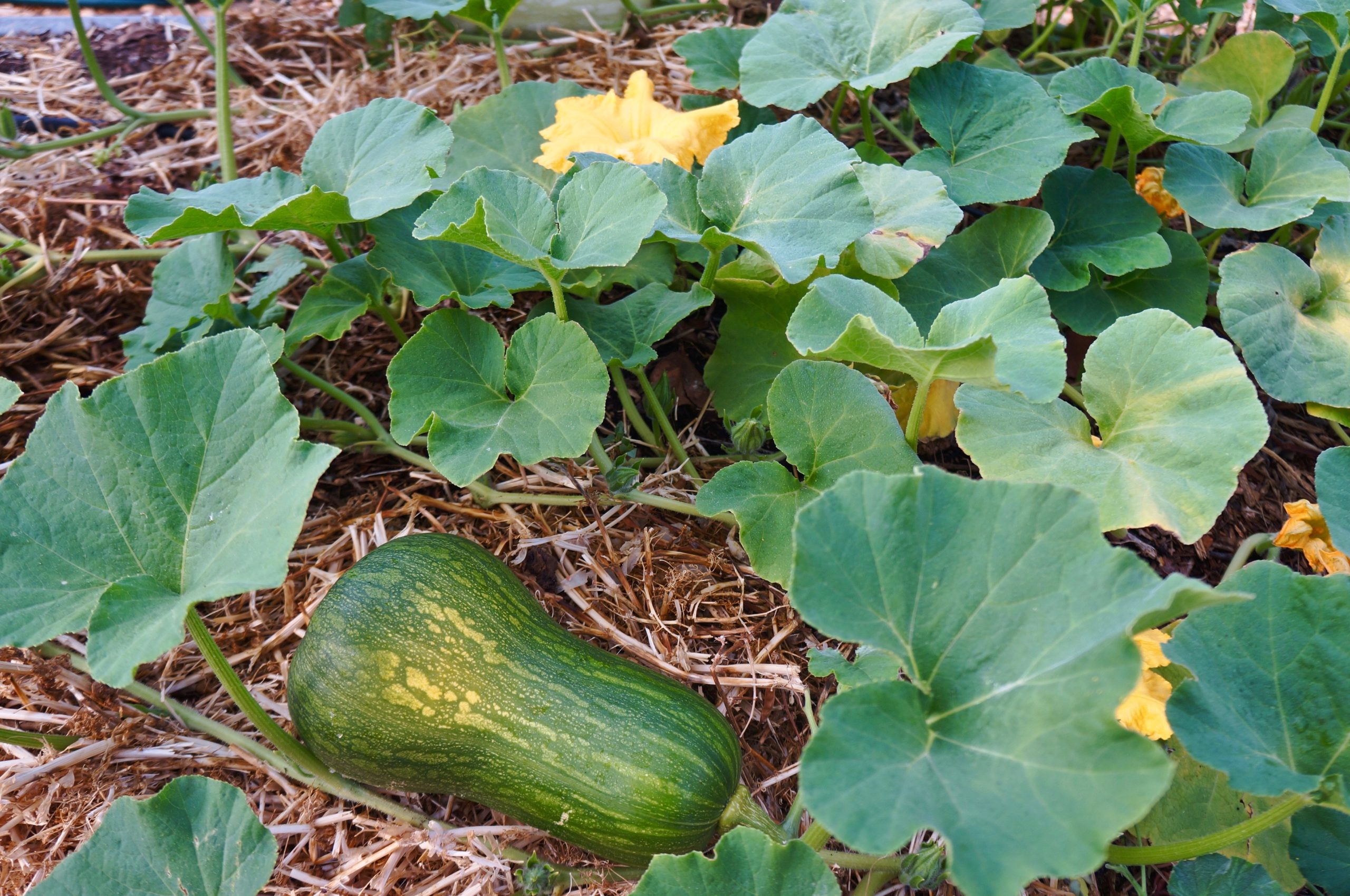
The pumpkins, however, loved the heat and there are a couple that are almost full size. The tomatoes are staggering slowly to a size we can finally eat (I thought I planted large Grosse Lisse tomatoes but these are cherry size), and the slender Lebanese aubergines are ripening. Tiny cucumbers are finally forming after my encouraging talks, but the dahlias are refusing to grow taller than 30cm, but I’m still hoping for a growth spurt before the cooler weather arrives. Amongst all the failure though, there is a fabulous success story.
Sunflowers.
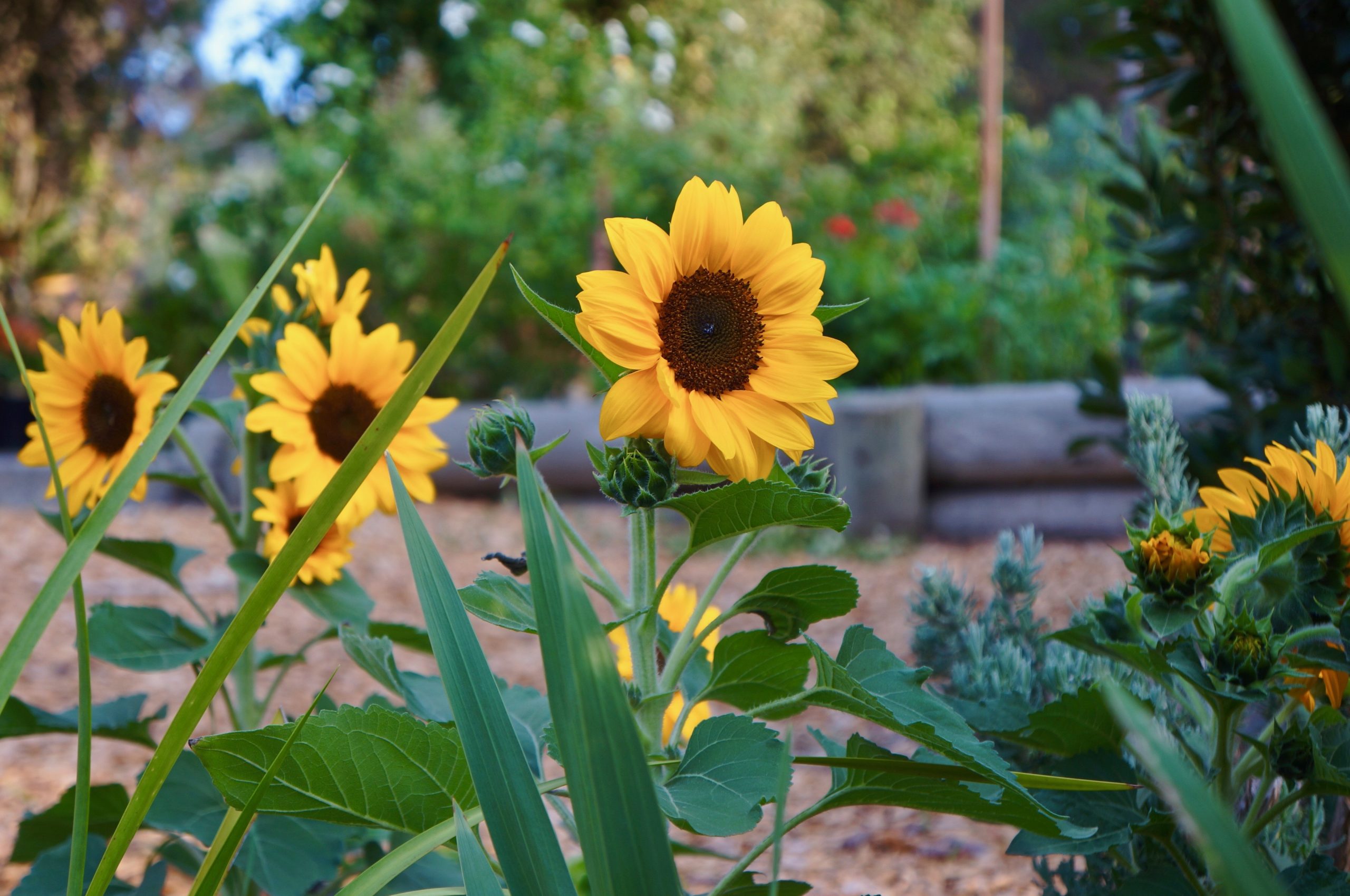
I’ve always loved them and planted seed for the first time ever, and they are flowering! I have large sunflowers and also a dwarf variety which are the first to open their sunny, friendly faces to the sun. So beautiful!
And a little more success: herbs — parsley, mint, tarragon, basil, thyme, oregano, lemongrass and chives are growing — which are staples for my cooking. But there were a number of failures here too, but I’m okay with that (well, a little sad); I had to remind myself constantly that this is a temporary vegetable patch. I also see the error of my over-enthusiasm. Perhaps it would have been better connecting to the spirit of place, to find the magic first. But we will replant once our plan, which amore has just finished after lots of walking the property, measuring, and looking for boundaries, is put into action.
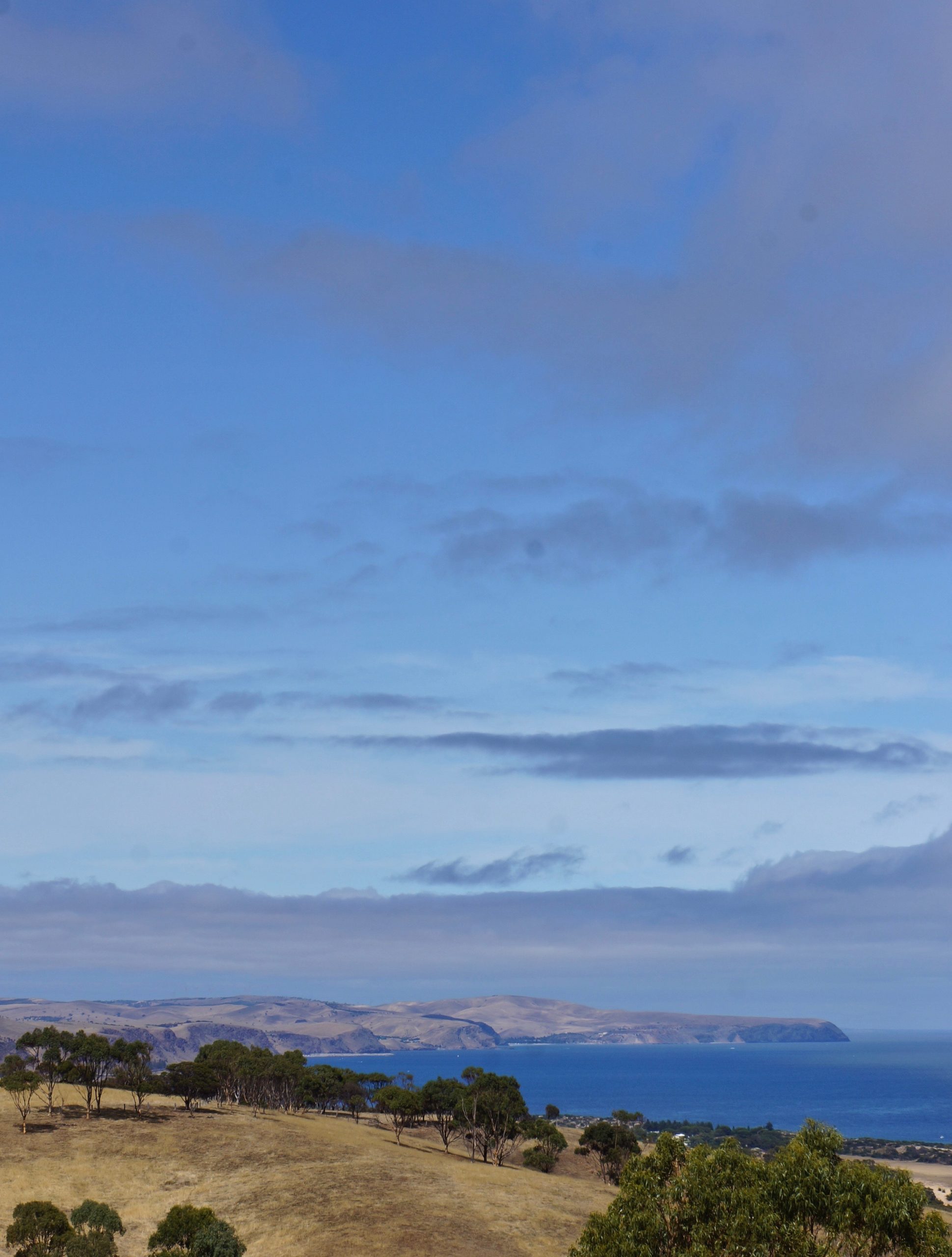
Now, it’s all about the senses, becoming attuned to my environment. Knowing the direction of the wind, where the shade falls in the afternoon, mapping the existing structures, large trees, paths and driveway (new gravel which is keeping the dust down, yay!), scowling at our neighbour’s ugly carport which he put up a couple of weeks after we moved in. I’m taking notes on all of these and more, taking pics and of course, drawing up a dream list for the garden. Most of all, I’m paying attention as I experience this outdoor space and hoping for a little magic as we conjure the genius loci.
My sanctuary embraces the interior spaces as well. My kitchen, a place for creativity, for gathering, for sharing food, is central to this story. It’s the interior Zone One, if you will. And this is where Hestia, the goddess of hearth, home and family resides.
‘Hearth’ comes from the Latin for ‘focus’ — a centre of interest or activity, it’s a place where family gathers, and symbolises the heart and soul of the household. It’s a fitting place to begin our renovation not just because it’s the heart of our home. There is an oven which doesn’t come to temperature and takes twice as long to cook anything, there’s very little bench space for prep, an unfinished wall, and the darkness of the space is depressing. A few essential bits that need fixing but I’m grateful that amore has the skills and has measured and drawn a plan (with my input, of course!) for this space as well.
It’s an exhausting activity, planning a space, isn’t it? For the kitchen, after what seemed like endless online research, I came up with a shortlist of appliances. But when we went to a large store to feel and touch these metal must-have labour-saving devices, that shortlist flew out the window. The salesperson extolled the virtues of other brands, showed us the shortcomings of our chosen appliances and promised discounts.
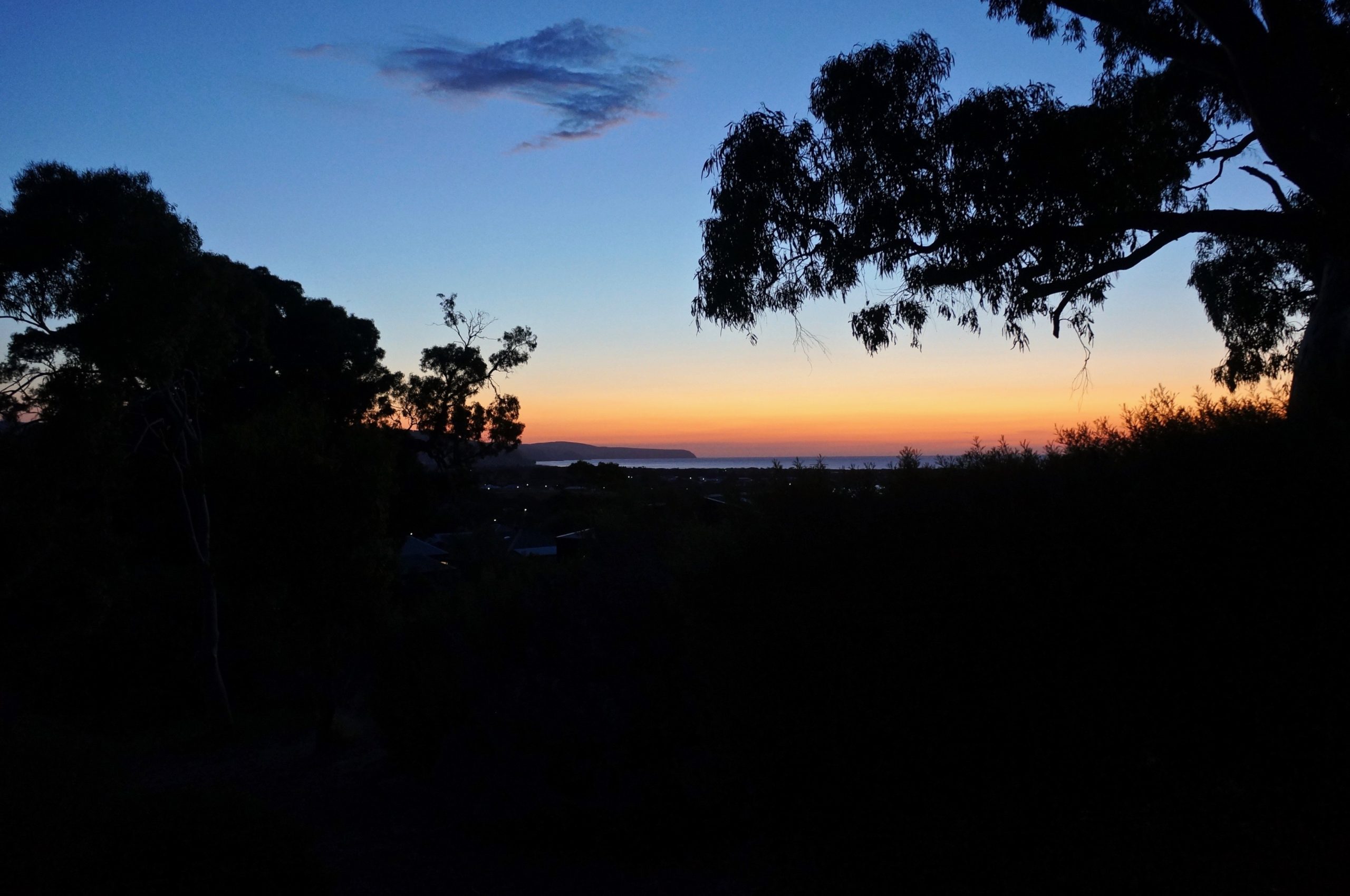
After more than an hour we exited the store, our fuzzy cottonwool brains overstimulated by the features of shiny new ovens, the benefits of induction cooking and the ten cycles of the perfect (and most expensive) dishwasher, described in detail by our helpful assistant. And why are there so many different range hoods, sinks, taps? And still, there are more decisions to be made — colours, door profiles and handles, tiles, splash backs, lights . . .
If you’ve ever renovated any room, you know how stressful this part of the process is. I wish someone would wave a magic wand and we could bypass this step. But go through the process we must, if I want my sanctuary.
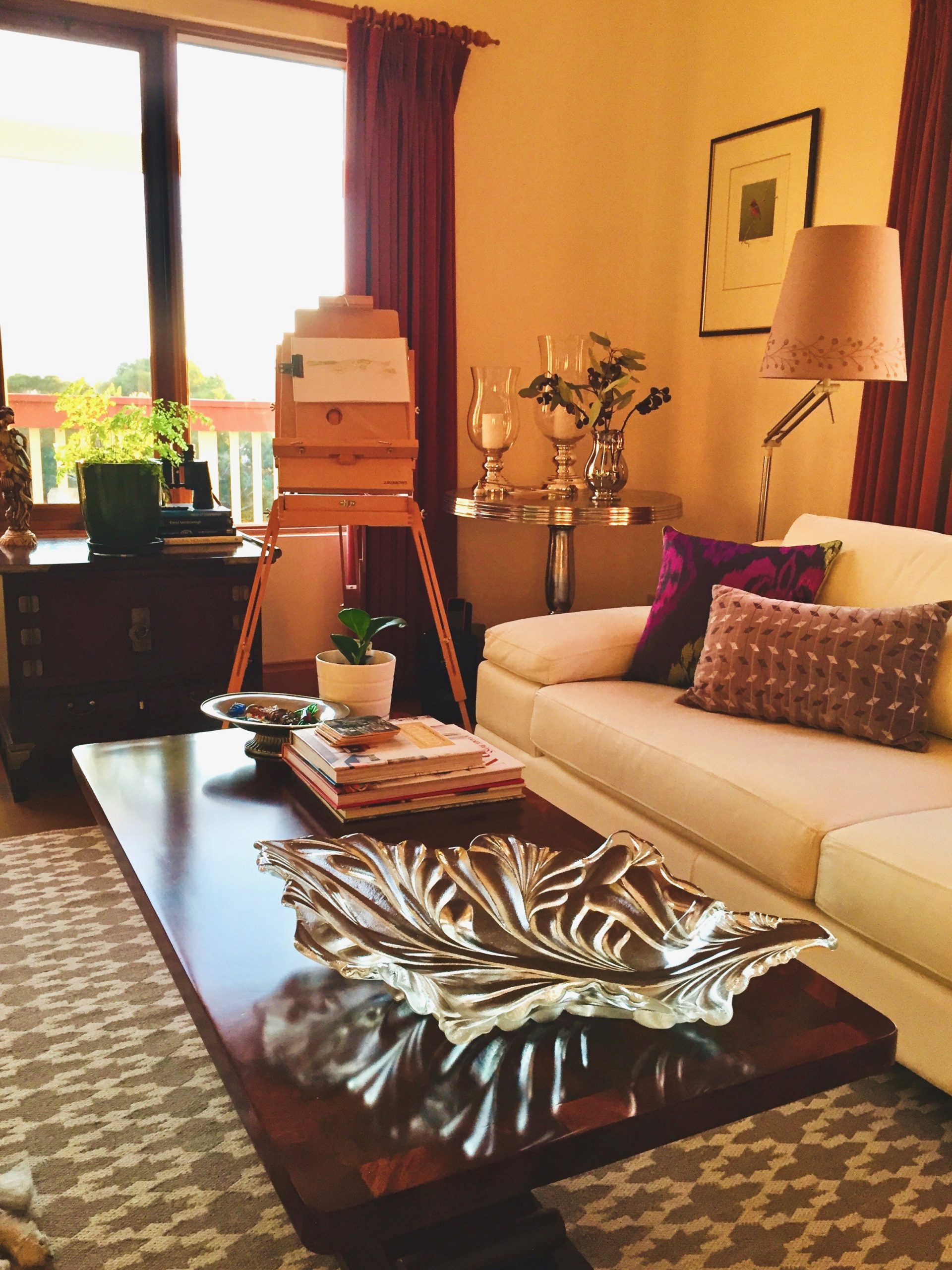
I know I’m waxing lyrical about a sanctuary, but your home — whether it’s a room in a house shared with others, a rented house for two, a sprawling farmhouse with children running around, a mansion, or a building ready for renovation like ours — is an essential symbol for your soul. It is a place to feel safe, to be yourself, it’s a haven from the stresses of work, and a place to shut out the world when you need some relaxation. I didn’t have a space to call my own for two years and although I’m loving having this unloved haven, I want to make it REALLY my own. So I’ve invited Hestia along to help me.
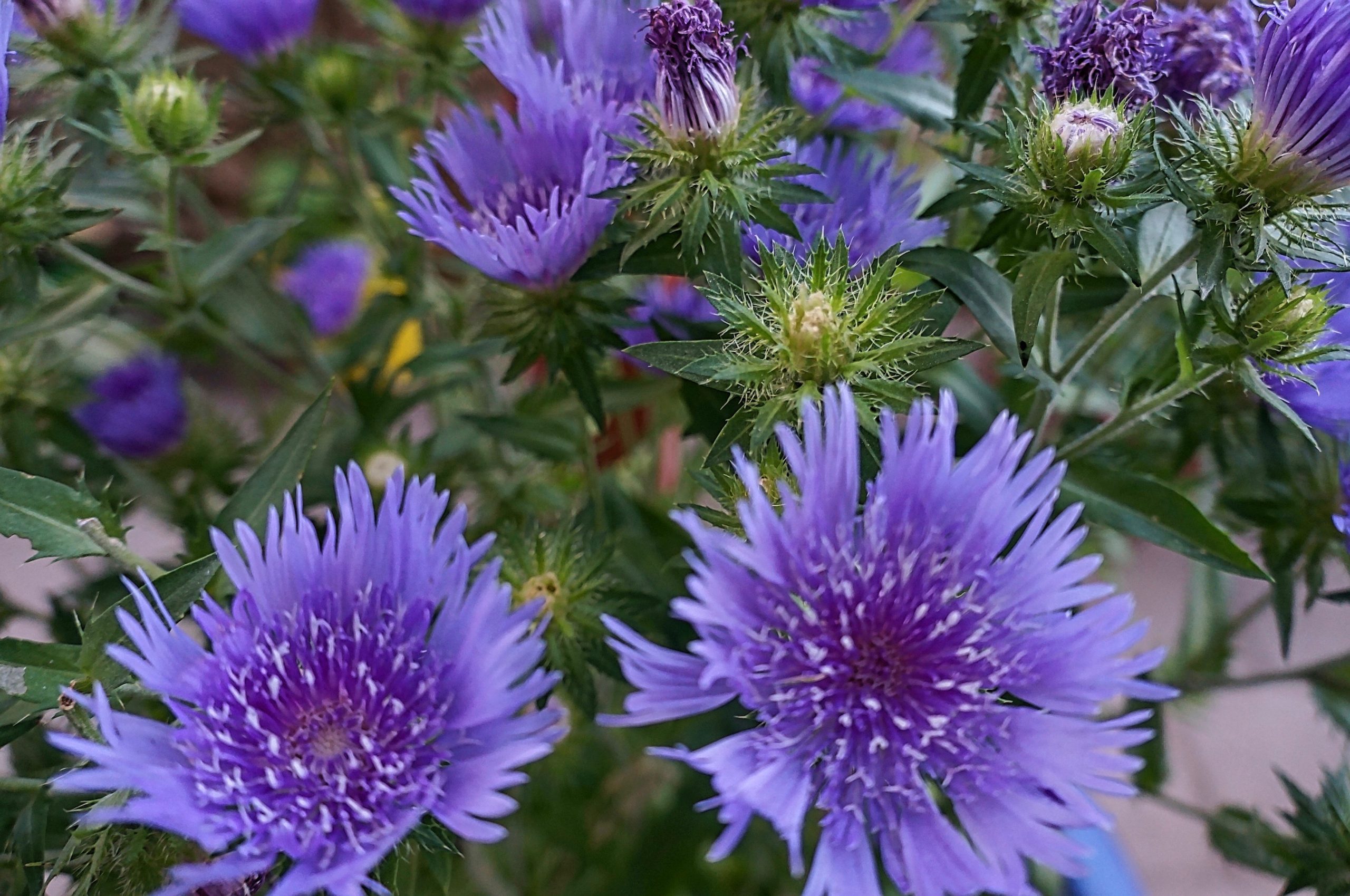
According to Greek mythology, the goddess Hestia (Vesta to the Romans) was central to Greek and Roman life. She is said to give the house its soul, to imbue the house with spirit and provide the link to the earth, to nature, to community. She also provides safety, security, serenity — serenity being the word that drew me in. The circle is a symbol of Hestia, also the ancient symbol of Mother Earth, of unity, togetherness and connectedness — all good omens for finding the genius loci.
Hestia was the quiet goddess — she stayed home keeping the fires burning, she cared for others, and provided a sanctuary for anyone in need who knocked at the door. I’d like to think that my home will be a haven for all my friends and family too.
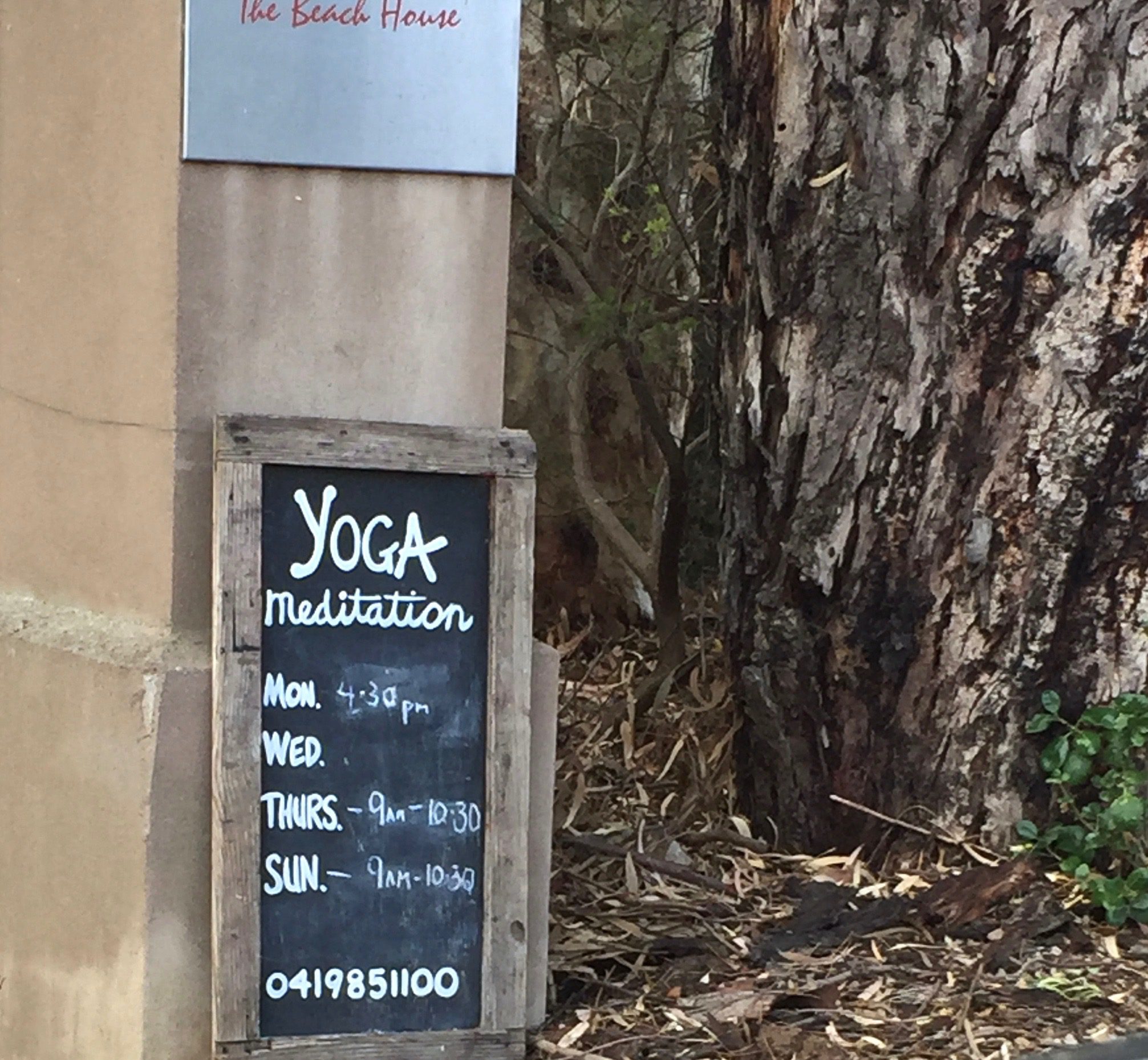
In the year ahead, I look forward to some Hestia time – pottering around, moving a piece of furniture, sitting, writing, daydreaming, practicing yoga. I just need a new kitchen first.
What makes your home a sanctuary? Please leave me a note in the comments. I’d love to share what’s special to you about your home.
* I receive a a few cents if you buy a book following the link in my post.
